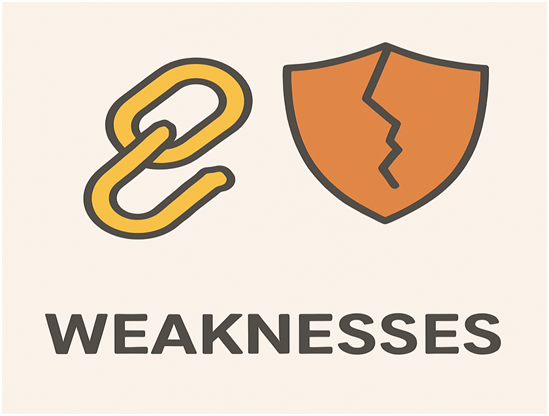Basics of SWOT Analysis: A Powerful Tool for Strategic Thinking
- yuvij1979
- Sep 15
- 1 min read

In today’s fast-changing world, businesses, professionals, and even students need to evaluate where they stand and how they can move forward. One of the simplest yet most powerful tools for this is the SWOT Analysis.
SWOT stands for:
Strengths
Weaknesses
Opportunities
Threats
It gives a clear picture of internal and external factors that influence success.
1. Strengths – What You Do Best

Strengths are the internal qualities that give you or your organization an advantage. These may include unique skills, resources, or achievements that set you apart from competitors.
Examples:
Strong brand reputation
Skilled workforce
Advanced technology
Loyal customers
2. Weaknesses – Areas to Improve

Weaknesses are the internal factors that limit performance or create disadvantages. Identifying them honestly helps in creating improvement strategies.
Examples:
Limited budget
Poor infrastructure
Lack of skilled staff
Weak online presence
3. Opportunities – The Chances to Grow

Opportunities are the external factors that can be leveraged for success. These are favorable conditions in the environment that can help growth, innovation, or expansion.
Examples:
Emerging markets
New technology trends
Policy changes supporting your industry
Competitor’s weakness
4. Threats – The Risks to Watch Out For

Threats are external challenges that could harm growth or success. These must be carefully monitored and managed.
Examples:
Strong competition
Changing regulations
Economic slowdown
Technological disruptions



Comments